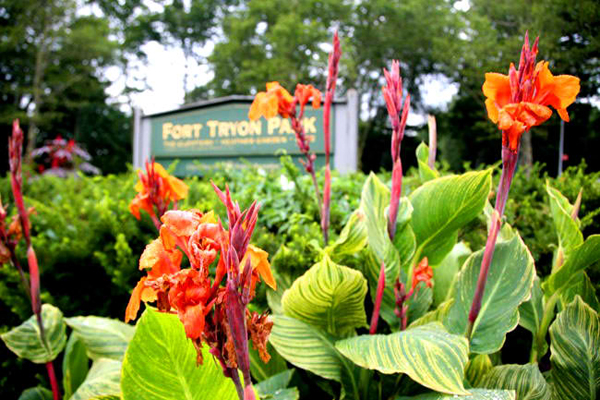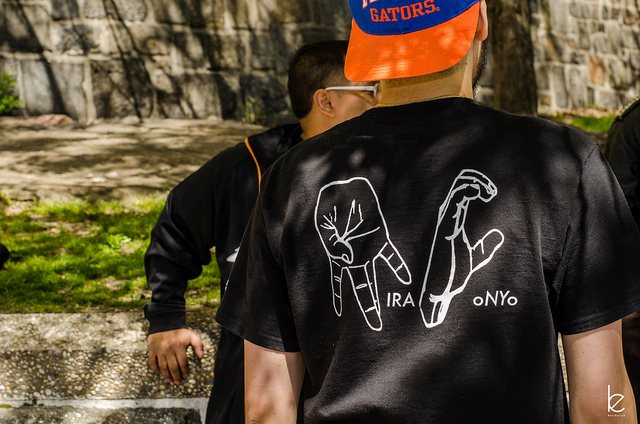By Sherry Mazzocchi

A new era is quietly underway in Northern Manhattan.
This spring, 20 trees will be planted in Highbridge Park. The return of these trees is akin to having a long-lost relative show up fifty years after everyone thought they died of a terrible disease.
They were called “the Redwood of the East” and comprised half of the forests from Maine to Georgia. The American chestnut (Castanea dentata) had a 500-year life span, and grew 100 feet high and 17 feet in diameter. The tree was considered a keystone species because so many others depended on it for food, shelter and habitat. Native Americans revered its tannin-filled bark and nutritious nuts. European settlers built their log cabins and nearly everything else with its wood.
In 1904, a researcher at the Bronx Zoo noticed cankers and dead bark on their chestnut trees. But it was already too late. A fungal blight, C. parasitica, had arrived with imported Asian chestnut trees. Those trees were resistant to the disease, but the American chestnut had no natural built-in immunity. The result was similar to the impact of European smallpox on the New World’s indigenous population—a stunning cascade of death unfolded.
By 1940, nearly four billion American chestnut trees were gone.
Read more: Revolution, by the roots | Manhattan Times
We invite you to subscribe to the weekly Uptown Love newsletter, like our Facebook page and follow us on Twitter & Instagram or e-mail us at [email protected].



